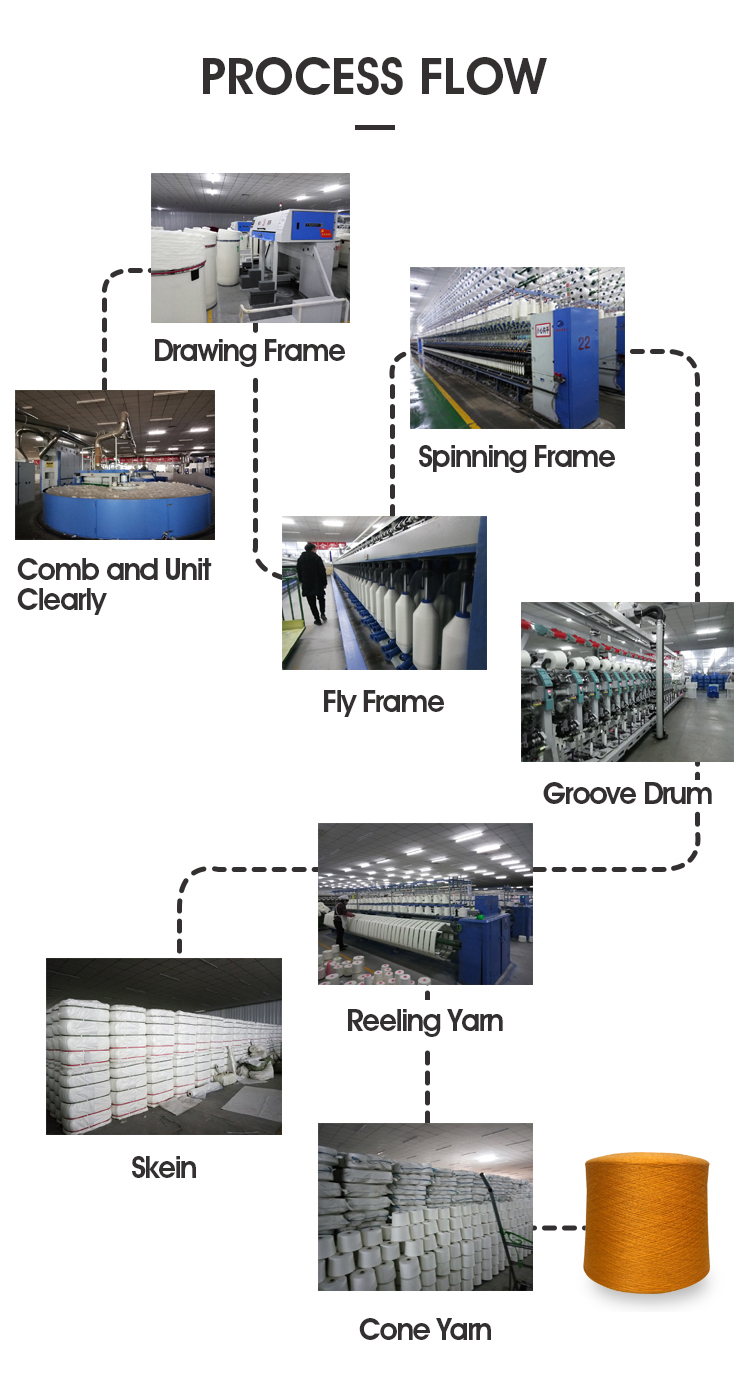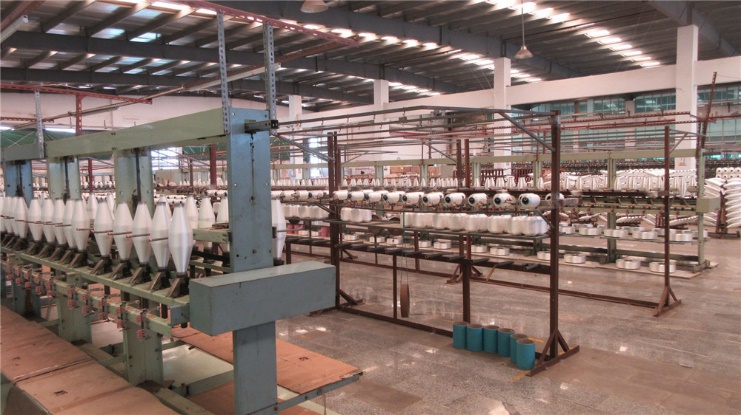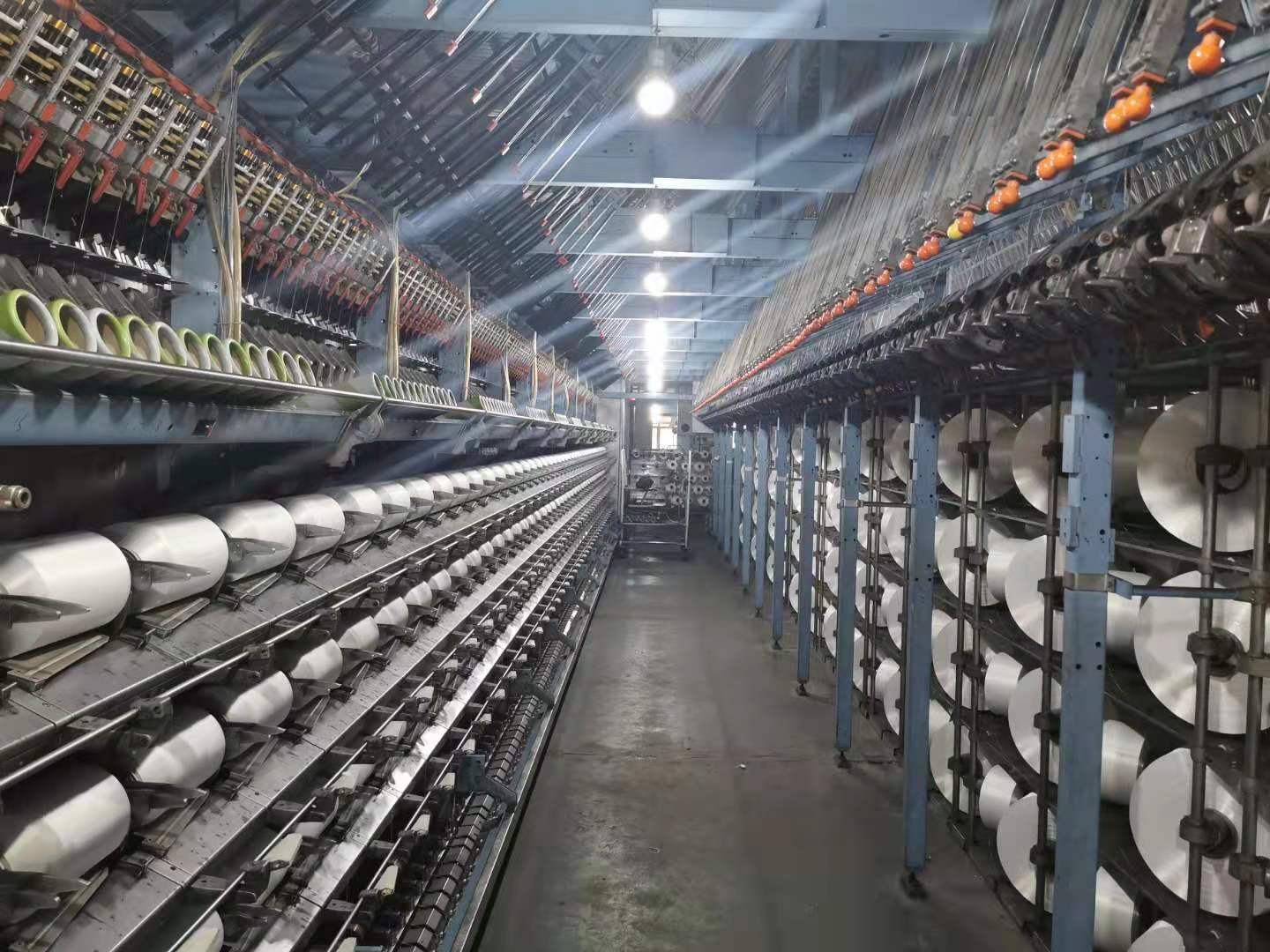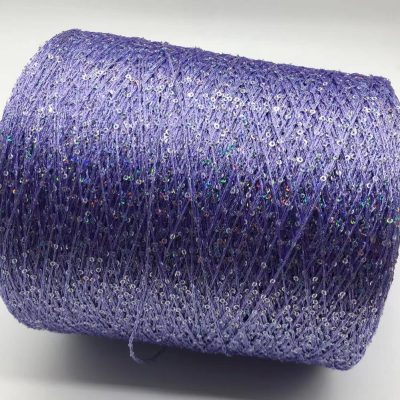
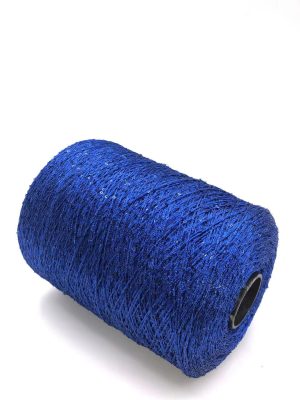
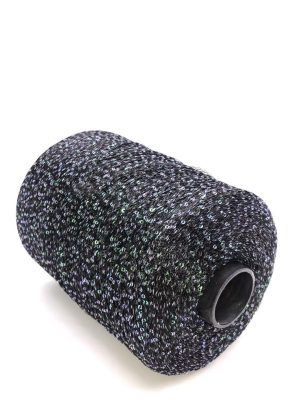
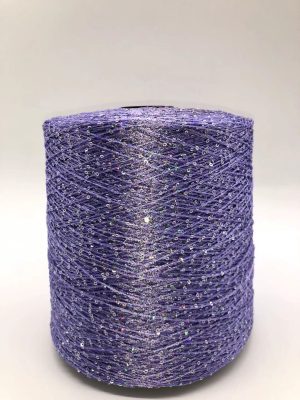
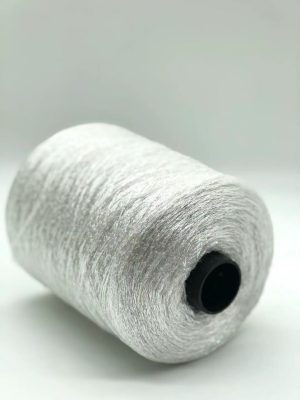
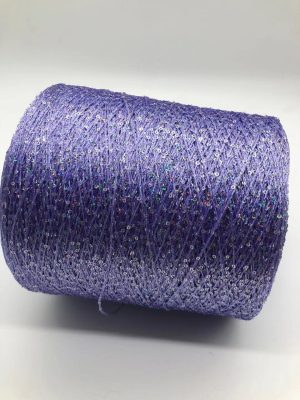
| Product Type | Fancy Yarn |
| Pattern | Carded |
| Count | 4-20S |
| Specification | 13NM/1.3CM 100%polyamide |
| Strength | according to count and material proportion |
| Color | Various colors available |
| Feature | Eco-Friendly |
| Twist | On request |
| Evenness | On request |
| Cone Weight | 2kg or 4kg/cone or 1.67kg /cone |
| Certification | GRS |
| Min. Order Quantity | 1 kg |
| Payment Terms | T/C ,L/C |
Fancy yarn refers to the yarn with special structure and appearance effect obtained by using special raw materials, special equipment or special technology to process the fiber or yarn in the spinning and thread making process. It is a decorative yarn in the yarn product. The role of a yarn. Almost all natural fibers and common chemical fibers can be used as raw materials for the production of fancy yarns. Fancy yarns can be made of silk, pressed silk, spun silk, rayon, cotton yarn, hemp yarn, synthetic yarn, gold and silver yarn, and blended yarn. Yarn and rayon are used as raw materials. Various fibers can be used alone or mixed with each other to make up for the shortcomings and give full play to their inherent characteristics.
Fancy yarn greatly guarantees people’s travel and protects people’s health.
The best raw material for fancy yarn is 100% imported Australian wool, that is, ultra-fine merino wool. It is an imported raw material, and its origins are Australia, New Zealand, Uruguay, etc. Among them, New Zealand and Uruguay are the best, followed by New Zealand.
The fancy yarn of imported Australian wool can be used to knit sweaters, wool pants, scarves, hats, gloves, etc. It has a wide range of uses and protects the skin. It is indeed a fancy product. The products can be divided into three types: pure wool, blended spinning and chemical fiber. The main chemical fibers are acrylic and viscose fibers.
The core yarn bears strong force and is the main yarn; the decorative yarn is twisted around the core yarn to form an effect; the fixed yarn is wrapped around the outer periphery of the decorative yarn with the opposite twist direction to fix the pattern, but there are also cases where the fixed yarn is not used. by

